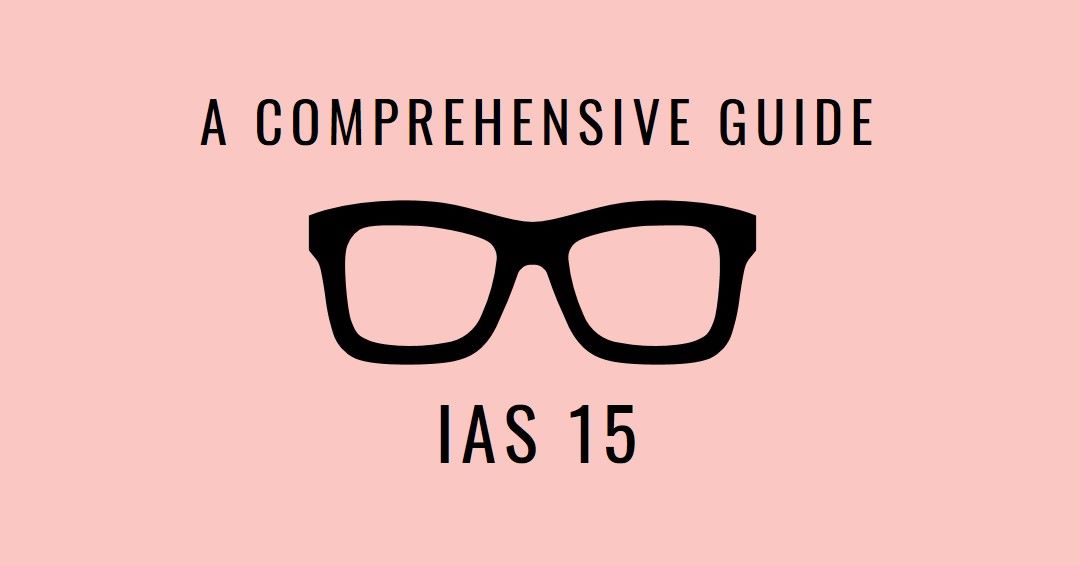there was an IAS 15 that existed before it was withdrawn and superseded by IAS 29 “Financial Reporting in Hyperinflationary Economies” in 1989. IAS 15 was titled “Information Reflecting the Effects of Changing Prices” and provided guidelines for companies that operated in an economy where inflation was high, requiring them to adjust their financial statements to reflect the effects of inflation.
The standard required companies to:
- Use current prices to value assets and liabilities, instead of historical cost accounting.
- Adjust their financial statements to reflect changes in prices, using a general price index or specific price indices for certain goods or services.
- Disclose information about the effect of changing prices on their financial statements, including information on the price indices used and the effects of inflation on their operations.
However, as mentioned earlier, IAS 15 has been withdrawn and is no longer applicable. Instead, companies operating in hyperinflationary economies are required to follow IAS 29 to reflect the effects of inflation on their financial statements.
As mentioned, IAS 15 is no longer in effect, and IAS 29 has replaced it for accounting in hyperinflationary economies. However, I can provide an explanation of how accounting for changing prices works in general, using examples.
When prices are changing rapidly due to inflation, the value of assets and liabilities can be significantly impacted. Historical cost accounting, which records assets and liabilities at their original purchase price, can result in misleading information about a company’s financial performance and position. In such cases, companies may need to adjust their financial statements to reflect the effects of changing prices, using either current cost accounting or general price level accounting.
- Current cost accounting: This method involves valuing assets and liabilities at their current market value, rather than their historical cost. For example, suppose a company purchased land for $100,000 in 2010, and the current market value of the land is $200,000 in 2023 due to inflation. If the company uses current cost accounting, it would record the land on its balance sheet at $200,000.
- General price level accounting: This method involves adjusting the historical cost of assets and liabilities based on changes in a general price index. For example, suppose a company purchased a piece of machinery for $50,000 in 2010 and the general price index has increased by 50% by 2023 due to inflation. If the company uses general price level accounting, it would adjust the historical cost of the machinery to $75,000 (50,000 x 1.5).
The goal of adjusting financial statements for changing prices is to provide a more accurate picture of a company’s financial position and performance. By adjusting for inflation, investors and other stakeholders can better understand the real value of a company’s assets, liabilities, and earnings, and make more informed decisions about investing or doing business with the company.
